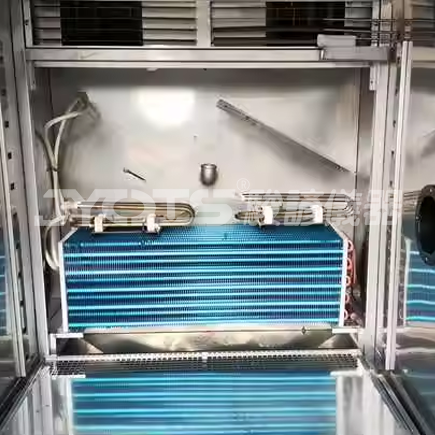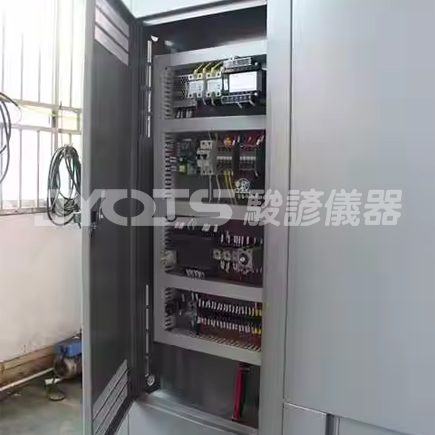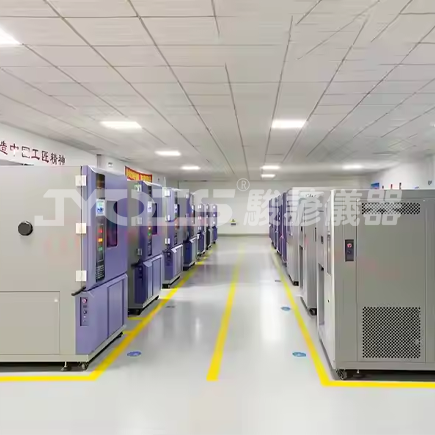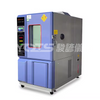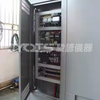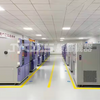PRODUCT DETAILS
Product Details
Temperature and Humidity Range:
-
Temperature Range: Typically between -70℃ to 150℃. Common ranges include RT+10℃~100℃, -20℃~150℃, -40℃~150℃, -60℃~150℃, and -70℃~150℃.
-
Humidity Range: Usually from 20% to 98% RH. Some units, with added dehumidifiers, can reach humidity levels as low as 5% RH.
Temperature and Humidity Control Precision:
-
Temperature Fluctuation: Generally required to be ≤ ±0.5℃.
-
Temperature Deviation: Typically ≤ ±2℃.
-
Humidity Fluctuation: Typically ≤ ±3% RH.
-
Humidity Deviation: Usually ≤ ±2.5% RH.
Temperature Rise and Fall Rate:
-
Heating Rate: For example, from room temperature to 150℃, typically takes 20 to 30 minutes. Some units have a heating rate of ≥ 2-3℃/min.
-
Cooling Rate: For example, from room temperature to -20℃, takes about 40 minutes. To -40℃, about 60 minutes. To -70℃, about 100 minutes.
Chamber and External Dimensions:
-
Chamber Size: Common sizes include 400×400×500mm, 450×450×500mm, 500×600×750mm, 800×700×900mm, and 1000×800×1000mm.
-
External Dimensions: Vary significantly between models, such as 900×900×1650mm, 1020×880×1580mm, and 1070×1030×1825mm.
Cooling and Heating Systems:
-
Cooling System: Typically uses mechanical refrigeration, such as steam compression refrigeration. Low-temperature areas use low-temperature refrigerants, while high-temperature areas use medium-temperature refrigerants.
-
Heating System: Often employs nickel-chromium alloy electric heaters, with a fully independent system. Some models may also have additional heaters in the bottom of the test chamber.
Control System:
-
Controller: Typically uses imported microcomputer-based temperature and humidity integrated controllers with multi-group PID control functions.
-
Sensors: Temperature sensors often use platinum-platinum resistance PT100Ω, while humidity is usually measured with solid-state electronic sensors.
Safety Protections and Other Features:
-
Safety Protections: Includes over-temperature protection, power failure protection, fuse-less switches, compressor overload protection, high refrigerant protection, temperature limit protection, and failure alarm systems.
-
Power Supply: Typically AC220V/380V ±10%, 50/60Hz.
-
Power Consumption: Varies depending on the model and specifications, ranging from 2.8KW to 4.5KW.

